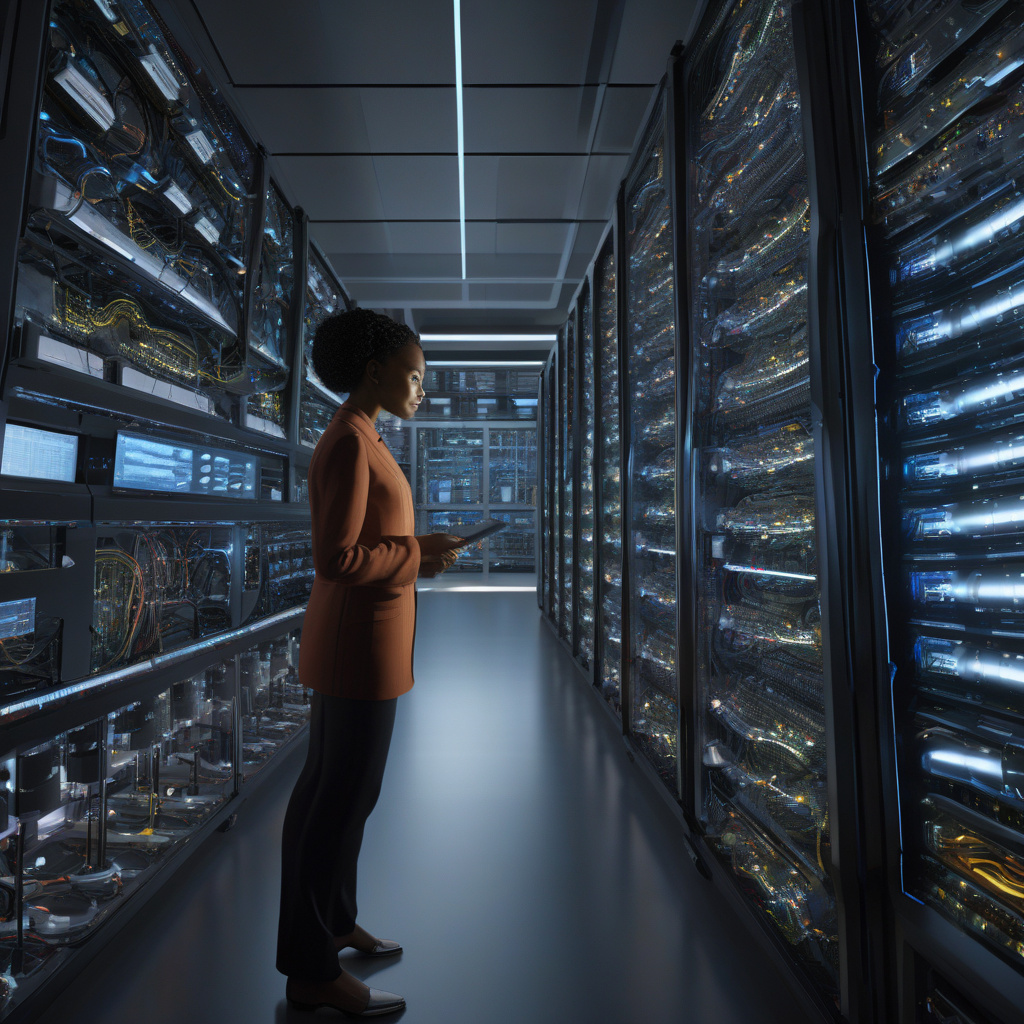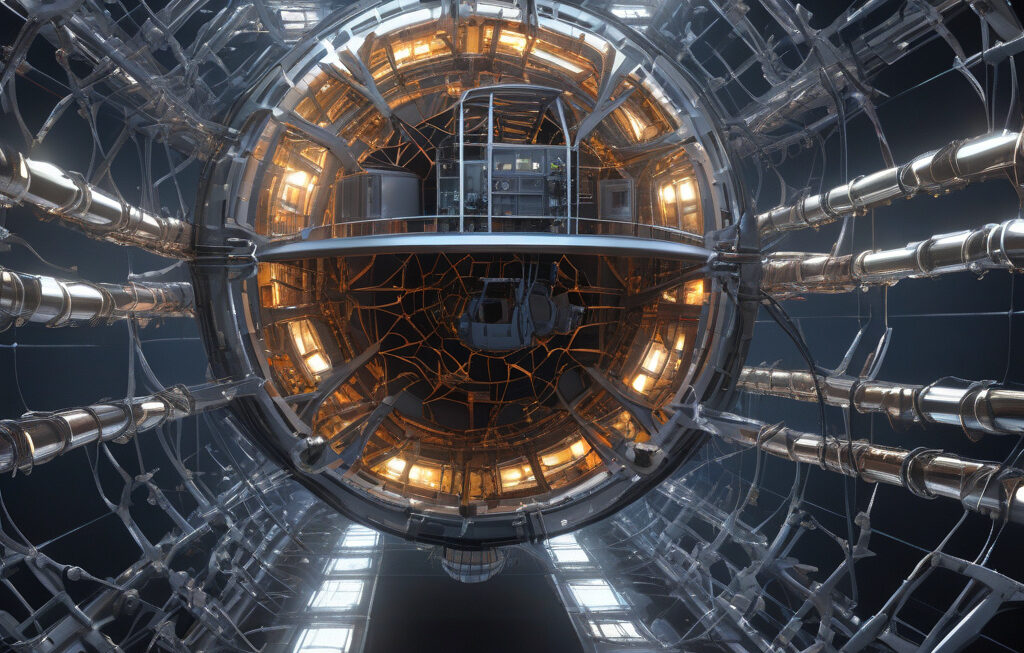US Supercomputers Train on Billions of Molecules to Boost Battery Material Discovery
University of Michigan researchers are using Argonne supercomputers to build foundational models that can help revolutionize battery material discovery. The quest for more efficient and sustainable batteries to power electric vehicles, smartphones, and renewable energy storage systems has led scientists to explore the vast landscape of molecules. With the help of supercomputers like those at Argonne National Laboratory, researchers can rapidly screen through billions of molecules to identify the most promising candidates for further experimentation.
The process of discovering new battery materials is traditionally slow and labor-intensive. Scientists would have to synthesize and test a multitude of compounds in the laboratory, a process that could take years to yield viable results. However, with the computational power of supercomputers, researchers can simulate the behavior of molecules, predict their properties, and narrow down the list of potential candidates more efficiently.
By leveraging the capabilities of these supercomputers, University of Michigan researchers are accelerating the pace of battery innovation. They are not only focusing on improving the energy density and lifespan of batteries but also on enhancing their safety and sustainability. With the increasing demand for energy storage solutions, especially in the automotive and renewable energy sectors, the need for breakthroughs in battery technology has never been more pressing.
One of the key advantages of using supercomputers in this research is the ability to explore a vast chemical space that would be impossible to cover through traditional experimental methods. By training on billions of molecules, researchers can uncover patterns, trends, and correlations that may lead to the discovery of novel materials with exceptional performance characteristics. This data-driven approach complements experimental work and provides valuable insights that can guide future research directions.
Moreover, the collaboration between academia and national laboratories exemplifies the importance of interdisciplinary partnerships in driving scientific progress. By bringing together experts in materials science, chemistry, computer science, and engineering, researchers can combine their knowledge and skills to tackle complex challenges in battery technology. This holistic approach not only enhances the quality of research outcomes but also fosters a culture of innovation and collaboration within the scientific community.
As the field of battery material discovery continues to evolve, the role of supercomputers will become increasingly pivotal in accelerating the pace of innovation. By harnessing the power of computational modeling and machine learning, researchers can navigate the vast landscape of molecules with precision and efficiency. This not only expedites the discovery process but also opens up new possibilities for designing next-generation batteries that are safer, more sustainable, and more energy-efficient.
In conclusion, the use of US supercomputers to train on billions of molecules represents a significant leap forward in the field of battery material discovery. By leveraging the computational power of these advanced systems, researchers can explore new frontiers in materials science and drive the development of innovative energy storage solutions. As we move towards a more sustainable future, investments in research initiatives like these will be crucial in shaping the next generation of battery technologies.
#USsupercomputers, #batterymaterial, #UniversityofMichigan, #Argonnesupercomputers, #energyinnovation












